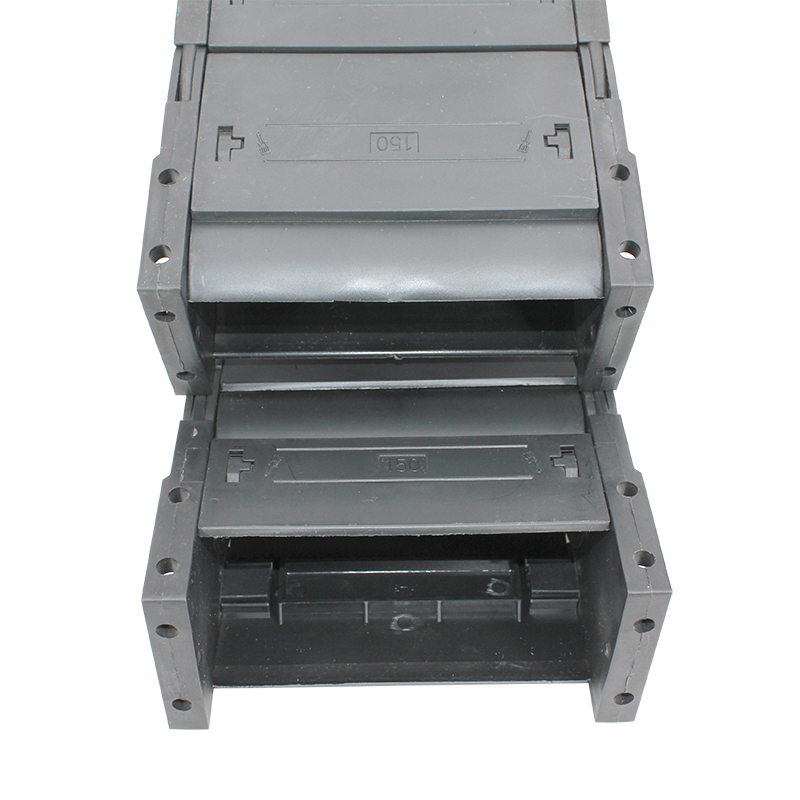32mm corrugated conduit options for versatile electrical installations and superior protection solutions
Exploring 32mm Corrugated Conduit Benefits, Applications, and Considerations
Corrugated conduits are a vital component in the wiring and electrical infrastructure of many buildings and industries. Among the various sizes available, the 32mm corrugated conduit is particularly noteworthy due to its versatility and practicality. This article delves into the features, benefits, applications, and considerations surrounding the use of 32mm corrugated conduit.
Understanding Corrugated Conduit
Corrugated conduit is a type of protective tubing used for enclosing electrical wires. The corrugated design refers to its ridged surface, which allows for flexibility and resilience while protecting the enclosed wires from mechanical damage, moisture, and chemical exposure. Typically made from polyethylene, PVC, or other durable materials, these conduits are designed to withstand harsh environmental conditions.
Benefits of 32mm Corrugated Conduit
1. Flexibility and Adaptability One of the standout features of the 32mm corrugated conduit is its flexibility. This makes it easy to navigate around obstacles and conform to various installation layouts, reducing the need for additional fittings or adapters.
2. Durability The materials used in producing corrugated conduits provide a high level of resistance against environmental stressors, including UV radiation, water, and chemicals. This durability ensures a long lifespan for the installation, reducing maintenance and replacement costs over time.
3. Ease of Installation The lightweight nature of the 32mm corrugated conduit facilitates easier handling and installation. Electricians and installers can work more efficiently, which can lead to reduced labor costs and shorter project timelines.
4. Safety Corrugated conduits help protect electrical wires from physical damage and environmental exposure. This protective barrier minimizes the risk of short circuits and electrical fires, contributing to overall safety in electrical systems.
5. Cost-Effectiveness In comparison to rigid conduits, corrugated options often come at a lower price point while providing similar protective qualities. The ease of installation further enhances its cost-effectiveness, making it an attractive choice for many projects.
Applications of 32mm Corrugated Conduit
32mm corrugated conduit

The versatility of 32mm corrugated conduit sees it being used in a wide array of applications
- Residential Wiring Homeowners and contractors frequently use 32mm conduits to encapsulate wires that connect lighting fixtures, outlets, and home appliances. - Commercial Settings In commercial buildings, these conduits can protect extensive wiring systems, including those used for HVAC installations, security systems, and data cables.
- Industrial Use Industries that require robust protection for wiring in harsh environments, such as chemical plants or outdoor facilities, often rely on 32mm corrugated conduit due to its chemical resistance and durability.
- Telecommunications With the proliferation of data and telecommunications infrastructure, 32mm conduits are frequently employed to house and protect sensitive wiring.
Considerations When Using 32mm Corrugated Conduit
While the benefits of 32mm corrugated conduit are notable, there are also considerations to bear in mind
- Bending Radius Although the conduit is flexible, it is important to maintain the appropriate bending radius to avoid damaging the enclosed wires.
- Compression and Expansion The use of corrugated conduit should take into account temperature fluctuations that can lead to expansion and contraction, ensuring there is enough space to accommodate these changes.
- Compatibility Before installation, it is crucial to ensure that the conduit is compatible with the specific wiring being used, including cable types and sizes.
In conclusion, the 32mm corrugated conduit is a reliable, versatile solution for many electrical applications. Its blend of flexibility, durability, and safety makes it a strong choice for installation in various environments, from residential to industrial settings. As technology evolves and demands increase, the benefits of using such conduits will likely continue to resonate in the electrical industry.








